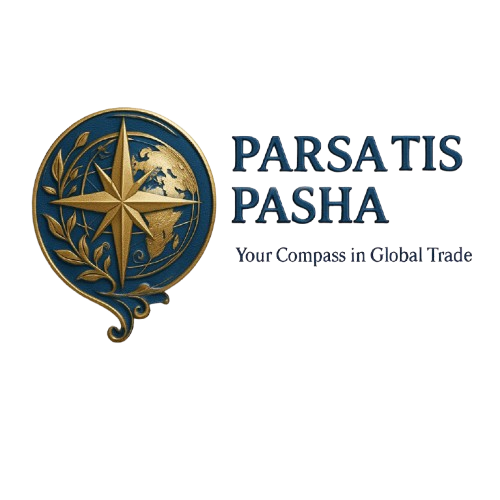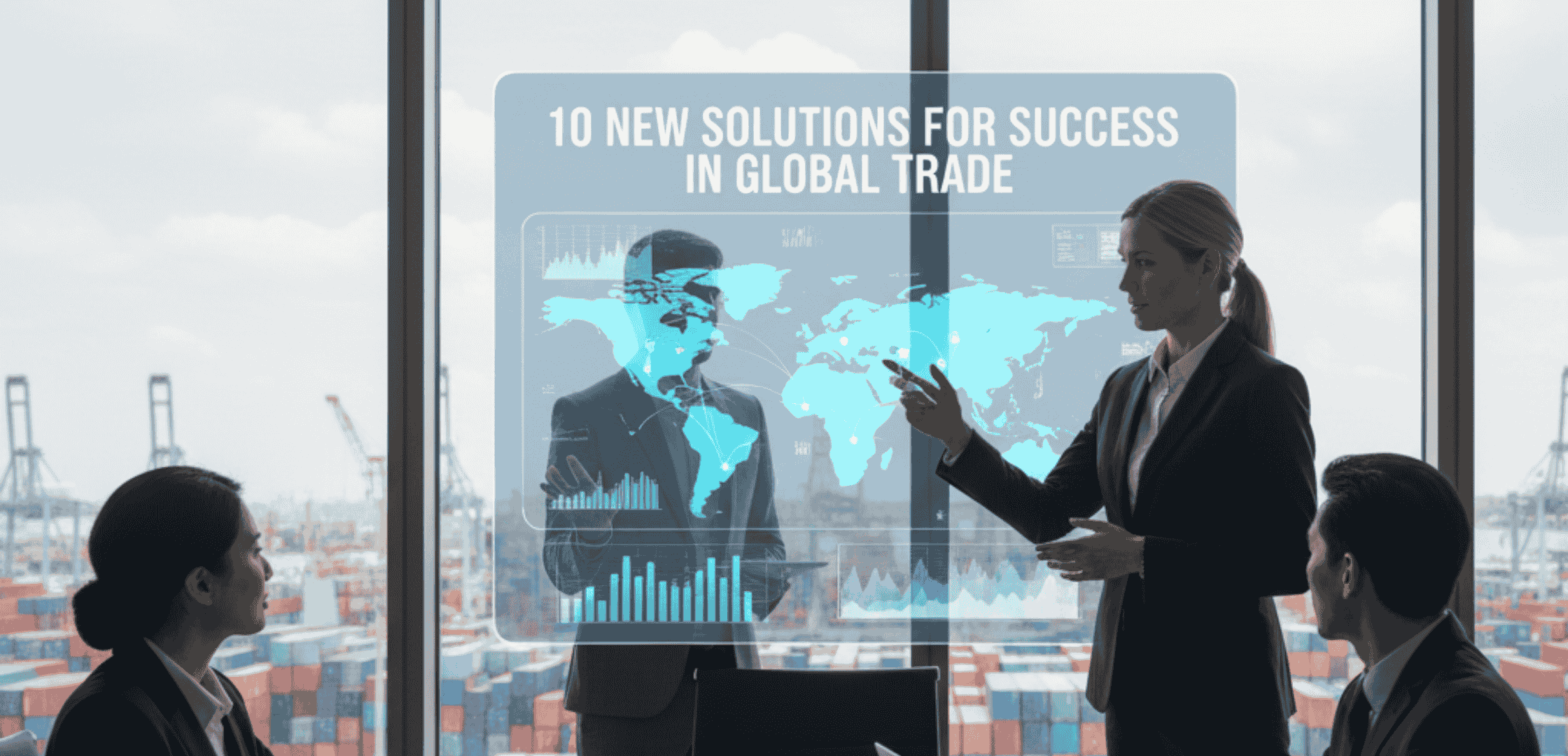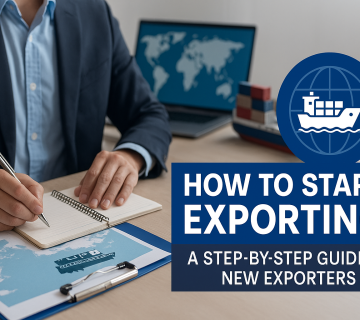In an era of unprecedented connectivity and technological advancement, the landscape of global trade is continuously evolving. Businesses that cling to outdated methods risk being left behind, while those that embrace innovation are unlocking new frontiers of growth and profitability. Success is no longer just about having a great product; it’s about leveraging intelligent strategies and modern solutions to navigate the complexities of international markets.
Whether you are an established enterprise or a growing business looking to expand your footprint, staying ahead requires a proactive approach. This article explores ten new and powerful solutions designed to drive success in global trade, helping you enhance efficiency, mitigate risks, and build a resilient international business. From digital transformation to sustainable practices, these strategies will serve as your handbook for thriving in the modern global economy.
1. Leverage AI-Powered Market Intelligence
Traditional market research is slow and often outdated by the time it’s implemented. The new solution is to harness Artificial Intelligence (AI) and Machine Learning (ML) platforms. These tools analyze vast datasets in real-time to identify emerging market trends, predict consumer behavior, and uncover untapped opportunities. By using AI, you can make data-driven decisions on which markets to enter, what products to launch, and how to price them competitively, giving you a significant strategic advantage.
2. Embrace Digital Transformation in Documentation
Paper-based documentation is a major bottleneck in global trade, leading to delays, errors, and high costs. The solution is the complete digitalization of trade documents. Technologies like blockchain and specialized cloud platforms offer secure, transparent, and immutable records for everything from bills of lading to certificates of origin. This shift not only accelerates customs clearance but also enhances security and reduces the administrative burden on your team.
3. Adopt a Resilient & Agile Supply Chain Model
Recent global disruptions have highlighted the fragility of traditional, linear supply chains. A modern solution is to build an agile and resilient supply chain network. This involves:
- Diversifying Suppliers: Avoid reliance on a single region or supplier.
- Implementing Technology: Use IoT sensors and control towers for real-time visibility into your shipments.
- Nearshoring & Regionalization: Consider moving some production or warehousing closer to your key markets to reduce transit times and risks.
4. Utilize Fintech for Cross-Border Payments
High fees, slow transaction times, and currency volatility are common challenges in international payments. Financial Technology (Fintech) offers powerful solutions. Digital payment platforms, multi-currency accounts, and blockchain-based settlement systems can significantly reduce transaction costs and processing times. Furthermore, advanced hedging tools offered by fintech firms can help protect your business from adverse currency fluctuations.
5. Implement a Hyper-Personalization Strategy for Marketing
A one-size-fits-all approach no longer works in global marketing. Hyper-personalization, powered by data analytics, is the key. This solution involves tailoring your marketing messages, product recommendations, and customer experiences to the specific cultural and individual preferences of your target audience in each market. This customer-centric approach builds stronger brand loyalty and drives higher conversion rates.
6. Integrate Sustainability into Your Core Business Strategy
Today’s consumers and regulators are placing a growing emphasis on sustainability. The most forward-thinking solution is to embed Environmental, Social, and Governance (ESG) principles into your operations. This goes beyond compliance; it’s a value proposition. A sustainable supply chain, eco-friendly packaging, and ethical sourcing can enhance your brand reputation, open doors to new markets, and attract environmentally conscious customers and investors.
7. Leverage Virtual & Augmented Reality for Product Showcasing
Traveling for trade shows and product demos is expensive and time-consuming. Virtual Reality (VR) and Augmented Reality (AR) offer a groundbreaking alternative. You can create immersive virtual showrooms where potential buyers can explore your products in 3D from anywhere in the world. AR can allow customers to visualize your products in their own environment, shortening the sales cycle and reducing the need for physical samples.
8. Automate Compliance with Regulatory Technology (RegTech)
Navigating the complex web of international trade regulations is a significant challenge. Regulatory Technology (RegTech) automates this process. These platforms use AI to monitor changes in trade laws, automate customs declarations, and ensure your shipments are always compliant with the latest rules in each jurisdiction. This minimizes the risk of costly fines and delays at the border.
9. Build Strategic Alliances Through Digital Ecosystems
Trying to manage every aspect of global trade alone is inefficient. The modern solution is to build and participate in digital ecosystems. This involves forming strategic alliances with logistics providers, fintech companies, and marketing agencies through integrated digital platforms. By sharing data and capabilities, you can create a more powerful, efficient, and cost-effective operation that benefits all partners.
10. Invest in Cross-Cultural Competency Training
Finally, technology alone is not enough. The human element remains critical. A crucial solution for success is investing in cross-cultural training for your team. Understanding the business etiquette, negotiation styles, and communication norms of your international partners can prevent misunderstandings and build stronger, more fruitful relationships. A culturally competent team is one of your most valuable assets in global trade.
Conclusion: Charting Your Course for Global Success
The world of international trade is dynamic and full of opportunities for those equipped with the right tools and mindset. The ten solutions outlined above—from leveraging AI and digitalizing documents to embracing sustainability and cross-cultural training—are not just futuristic concepts; they are actionable strategies that leading businesses are implementing today. By adopting these modern approaches, you can build a more agile, efficient, and profitable international operation.
Ready to implement these solutions and take your global trade strategy to the next level? The experts at Parsatis Pasha are here to help you navigate the future of commerce.
Contact us today to start your journey toward global success.
Website: parsatispasha.com Email: info@parsatispasha.com



No comment